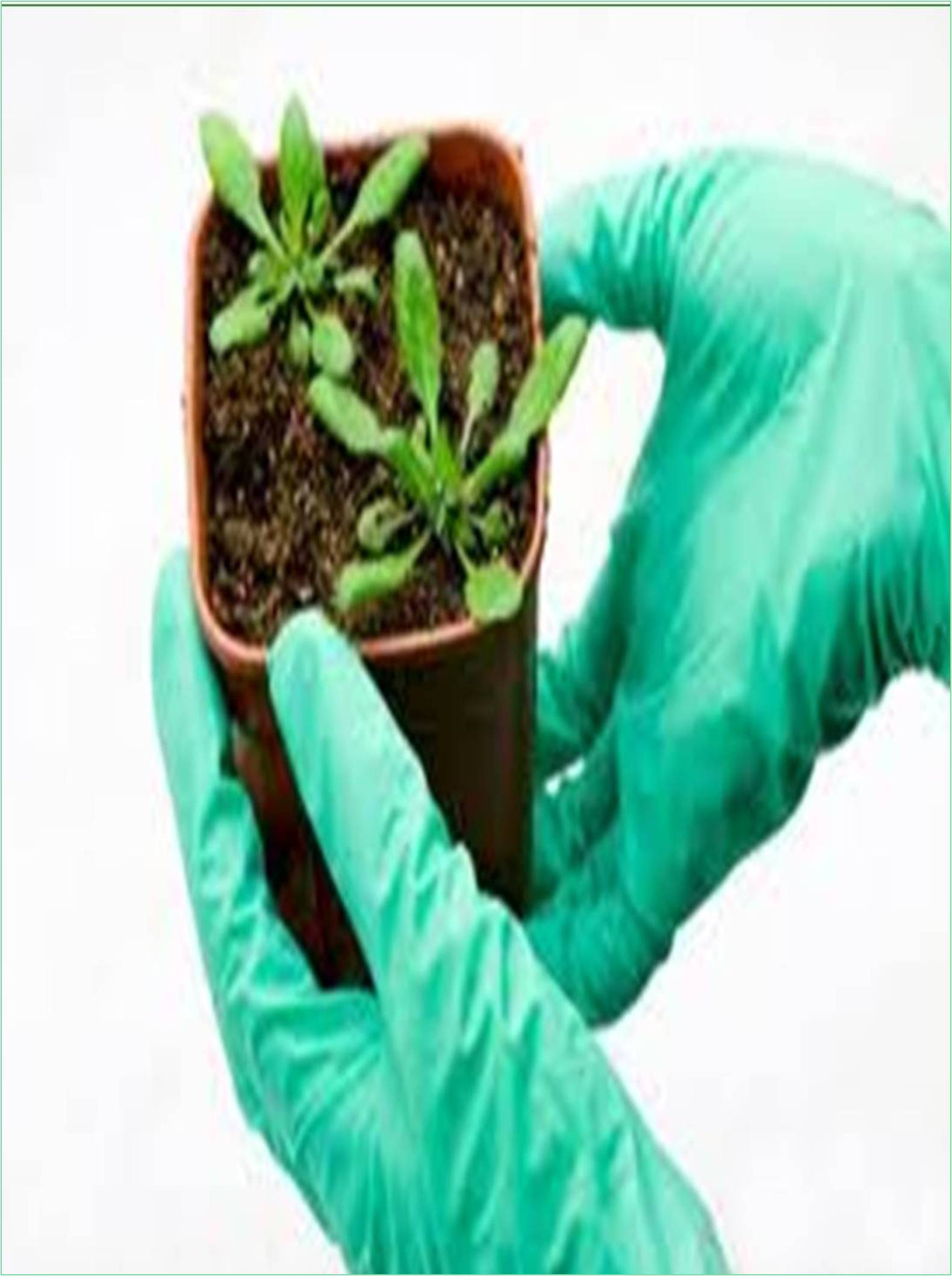



Received: 01-Jul-2022, Manuscript No. GJCSSPB-22-72129; Editor assigned: 04-Jul-2022, Pre QC No. GJCSSPB-22-72129(PQ); Reviewed: 22-Jul-2022, QC No. GJCSSPB-22-72129; Revised: 29-Jul-2022, Manuscript No. GJCSSPB-22-72129(R); Published: 05-Aug-2022, DOI: 10.15651/2437-1866.22.8.050
Soil enzymes increase the rate at which plant residues are broken down and the nutrients available to the plants are released. The substance on which soil enzymes act is called the substrate. For example, glucosidases (soil enzymes) cleave glucose from glucosides (substrates), a compound commonly found in plants. Enzymes are substrate specific and have active sites that bind to the substrate to form a temporary complex. The enzymatic reaction releases a product that may be a nutrient contained in the substrate. Sources of soil enzymes are living and dead organisms, plant roots and residues, and soil animals. Enzymes stabilized in the soil matrix form accumulations or complexes with organic matter humus.
Although it is a complex process, it is no longer associated with living cells. Activity is not always strongly correlated with microbial biomass or respiration, as 40%-60% of enzyme activity is believed to be derived from stabilized enzymes. Therefore, enzyme activity is the cumulative effect of long-term microbial activity and viable population activity at the time of sampling. However, an example of an enzyme that reflects only the activity of living cells is dehydrogenase, which theoretically exists only in living cells and cannot exist in stable soil complexes. Enzymes respond to changes in soil management long before other changes in soil quality indicators are detected. Soil enzymes play important roles in the decomposition of organic matter and the nutrient cycle. Some enzymes only promote the breakdown of organic substances (eg-hydrolases, glucosidases), while others are involved in the mineralization of nutrients (eg-amidases, ureases, phosphatases, sulfates). With the exception of phosphatase activity, there is no clear evidence that enzyme activity is directly related to nutrient availability or plant production. This relationship may be indirectly given that the mineralization of nutrients available to plants can be achieved by the enzyme activity.
Tropical / subtropical soils require agricultural practices that reduce soil degradation and improve agricultural sustainability. No-tillage causes minimal soil damage and can achieve these goals when combined with crop rotation. Soil enzyme activity can provide information on how soil management affects the likelihood of performing soil processes such as degradation and nutrient cycle. Soil enzyme activity is a split plot experiment in which tillage (tillage and conventional) divides the main plot and crop rotation. The experiment was established in southern Brazil in 1976. There was a significant correlation between soil enzyme activity and total organic carbon and nitrogen microbial biomass. These indicate that Nitrogenous transaminase increases microbial activity and soil enzyme activity is a sensitive indicator of controlled soil quality changes. Soil enzyme assays have emerged as a technical tool for a variety of applications in environmental and ecosystem management. Some enzymes have shown that they can reflect early changes in soil quality due to soil management long before measurable changes in total organic carbon content occur. It has the potential to guide ecosystem management for long-term sustainability. The enzyme assay can measure the degree of soil degradation and recovery in severely disturbed landscapes.
The bioavailability of certain heavy metals in soil is reflected in the measurement of enzyme activity. Enzymes stabilized on the colloidal surface and incorporated into the soil have been shown to break down certain pollutants in the soil. Due to the physical and chemical environment of the soil and the diversity and complexity of microbial communities, a great deal of information is needed to understand the ecology and function of extracellular enzymes in the soil. Partly for this reason, the use of enzyme technology requires careful interpretation and application. This is especially true when assessing soil quality where soil enzyme activity needs to be used in combination with other important soil measurements.